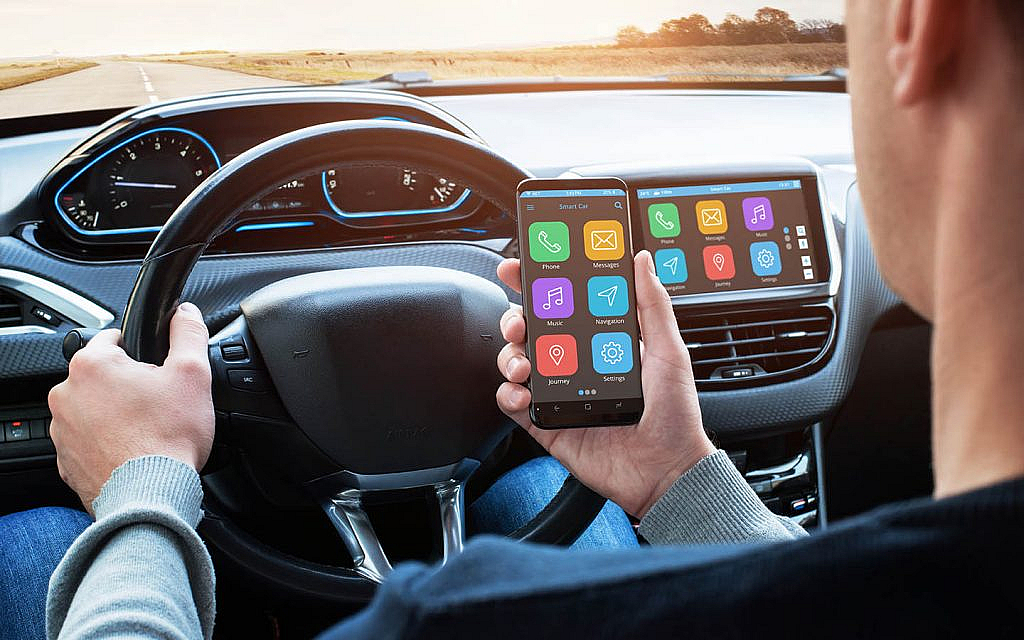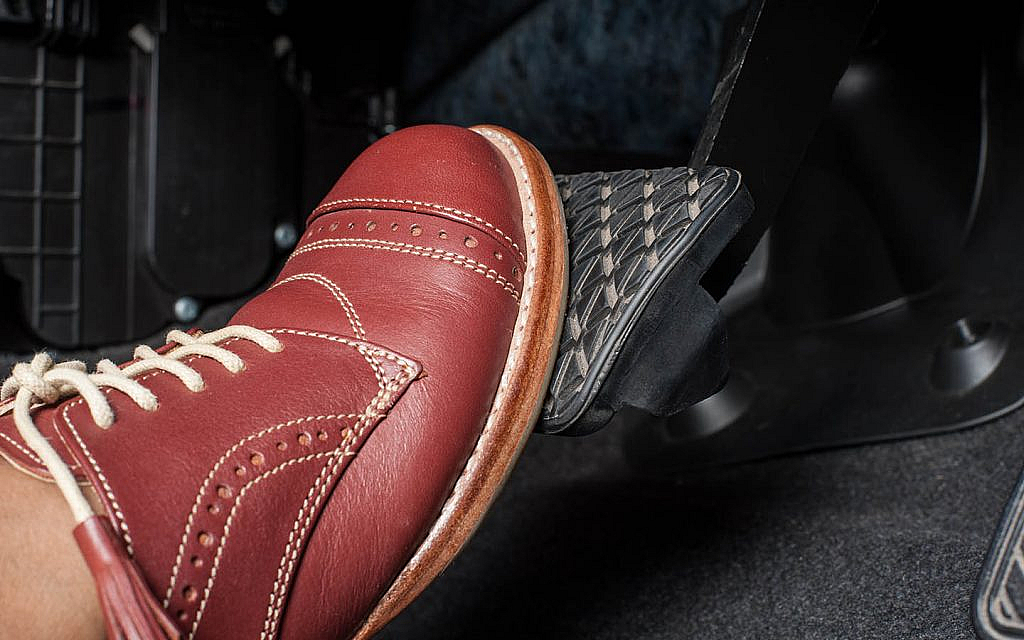Causes and Symptoms of a Failing Instrument Cluster
- Signs
- Causes
- Consequences
- Diagnosis and Resolution
- FAQs
A car’s instrument cluster, also known as the dashboard or gauge cluster, is a vital component of the vehicle. It provides you with essential information about the car’s performance, including speed, fuel level, engine temperature and more. When it starts to fail, it can lead to incorrect readings and potentially compromise your safety on the road.
Let’s explore the causes, symptoms and diagnosis of a failing instrument cluster to help you address the issue promptly.
Common Signs of a Failing Instrument Cluster
A malfunctioning instrument cluster can manifest various symptoms that indicate trouble within your vehicle’s critical dashboard display. Recognising the instrument cluster problems early is essential to take immediate corrective actions.
Some common signs of a failing instrument cluster are mentioned below:
Inaccurate Readings
One of the most obvious signs of a failing instrument cluster is inaccurate readings. You might notice that your speedometer reads too high or too low, the fuel gauge doesn’t reflect the actual fuel level or the engine temperature gauge behaves erratically.
Dim or Flickering Lights
Dim or flickering lights on the instrument cluster can indicate an issue with the cluster’s bulbs or electrical connections. This can make it difficult to read the gauges, especially at night.
Dead Gauges
In some cases, one or more gauges like a malfunctioning fuel gauge may cause the instrument cluster to fail working altogether. For instance, the tachometer or odometer might freeze, making it impossible to monitor your engine’s RPM or track your mileage accurately.
Warning Lights and Error Messages
When the instrument cluster fails, you may see warning lights on your dashboard that shouldn’t be illuminated or you might receive error messages that are not related to any real issues with your vehicle.
Moreover, many times the check engine light could turn on or flash due to certain reasons. However, it might not necessarily indicate an engine problem, rather it can also be a symptom of instrument cluster malfunction. That said, make sure to get your car engine checked as a precautionary measure.
Total Cluster Failure
The instrument cluster may cease to function temporarily or permanently, rendering it useless.
Audible Indicator Failures
Warning signals, like the key-in-ignition alarm, may not sound when they should.
Defective Turn Signal Indicators
Malfunctioning turn signal indicators can disrupt your ability to signal your intentions while driving.
Stuck Needles
Gauges with stuck needles can provide inaccurate information or fail to move altogether.
Common Causes of a Failing Instrument Cluster
The instrument cluster in your vehicle can develop issues over time that lead to incorrect readings and potential safety hazards.
Here we have discussed the common reasons for a failing instrument cluster:
Faulty Connections
Common instrument cluster problems might occur due to loose or corroded electrical connections. Over time, vibrations and temperature changes can cause these connections to degrade.
Burnt-out Bulbs
The instrument cluster uses small bulbs to illuminate the gauges and warning lights. When these bulbs burn out, it can lead to dim or dark spots on the cluster.
Instrument Cluster Circuit Board Issues
The cluster’s circuit board can develop problems due to wear and tear or manufacturing defects. The damaged circuitry can cause erratic gauge behaviour.
Instrument Cluster Software
In modern vehicles, the instrument cluster is often controlled by software or firmware. Bugs or glitches in the software can lead to strange behaviour or inaccurate readings.
Consequences of Ignoring a Bad Instrument Cluster
Ignoring a bad instrument cluster can have several negative consequences. Such consequences include:
Safety Concerns
Inaccurate speed readings can make you surpass the road speed limits in the UAE resulting in penalties, or in worse case, an accident, while a malfunctioning fuel gauge might leave you stranded on the side of the road.
Reduced Resale Value
A malfunctioning instrument cluster can significantly reduce the resale value of your car, as it suggests potential issues with the vehicle.
Increased Repair Costs
Over time, the problem may worsen, leading to more extensive and expensive repairs. Addressing the issue early can save you money in the long run.
Addressing a Failing Instrument Cluster
If you suspect a bad instrument cluster, it’s essential to address the issue promptly. Follow these steps to diagnose the issues of a bad instrument cluster.
Diagnostic Scan
Start by having a diagnostic test of your car performed by a qualified mechanic. This scan can identify any error codes related to the instrument cluster.
Check Electrical Connections
Inspect the electrical connections behind the instrument cluster for any loose or corroded wires. Tighten or clean these connections as needed.
Test Instrument Cluster Power
Verify that the instrument cluster is receiving power and check the ground wire for any issues.
Replace Bulbs
If your cluster has dim or dark spots, replace the bulbs responsible for illumination.
Repair or Replace the Cluster
Depending on the severity of the issue, you may need to repair or replace the instrument cluster. This should be done by a professional to ensure proper calibration and programming.
Software Updates
If your instrument cluster issues are software-related, consult your car’s manufacturer or a dealership to see if there are software updates available.
FAQs
Can only one gauge of an instrument cluster fail?
Yes, it is possible for a single gauge within the car instrument cluster to malfunction while the rest remain functional. In such instances, it is feasible to replace only the faulty gauge without needing to replace the entire cluster. Specialised repair services can handle this type of issue efficiently.
Can you drive with a bad instrument cluster?
Driving with a bad instrument cluster is not recommended as it can impair your ability to monitor critical information like speed and warning lights. Therefore, it is best to have the cluster repaired or replaced to ensure safe and legal driving.
That is all about a failing instrument cluster, its causes, symptoms and diagnosis. As discussed above, a malfunctioning instrument cluster can cause a range of issues, from inaccurate readings to potential safety hazards. Understanding the causes, recognising the symptoms and following a systematic diagnostic process can help you address the problem effectively.
Whether you choose to replace or repair the instrument cluster, ensure that all the information displayed in your vehicle remains accurate. It is essential for maintaining both the health of your car and road safety. Additionally, you can also check out these road safety initiatives by Dubai government to prevent injuries and traffic fatalities.
That said, if you are facing more car troubles than ever before, then it’s time to upgrade your ride. You can consider picking from any of these used cars for sale in the UAE.
For more information on car parts and accessories, tune in to the dubizzle auto blog.



































